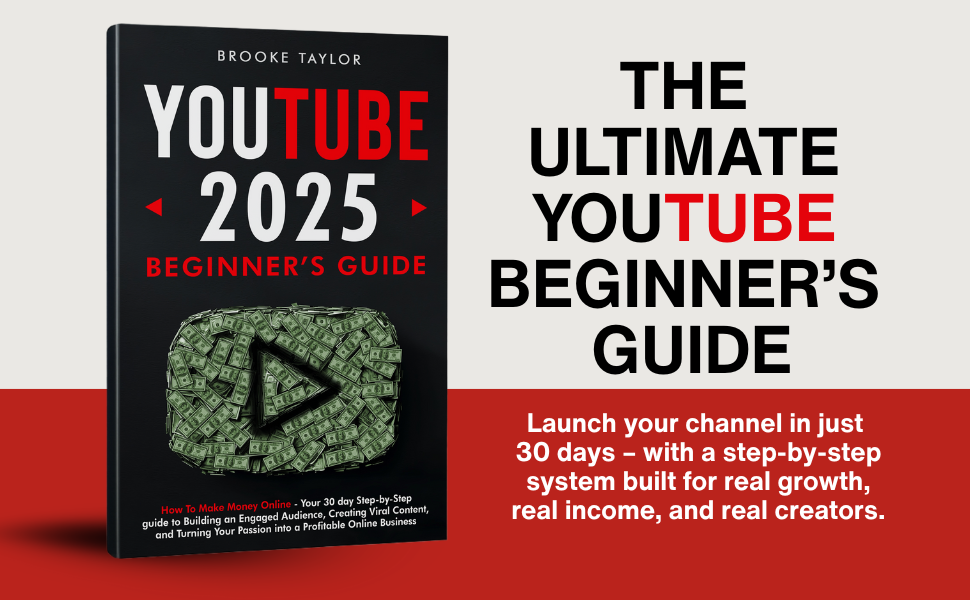How I Created a $5K/Month Membership with Just One Tool
When I first started thinking about building a paid membership, I didn’t know where to begin. I assumed I’d need a ton of tools: a website builder, a payment processor, a private forum, and maybe even a course platform. But after testing multiple setups and burning way too many hours in tech headaches, I found a way to simplify everything.
I built a $5,000/month membership using just one tool: Skool.
No complicated funnels. No endless integrations. Just one platform that gave me everything I needed — and nothing I didn’t.

Table of Contents
My Membership Journey (and Why I Almost Quit)
At the start, I tried to patch together a system using WordPress, Teachable, Facebook Groups, and ConvertKit. It was clunky, expensive, and exhausting. I felt like I was spending more time managing tools than serving my members.
That frustration nearly pushed me to quit the idea altogether. But I knew I had something valuable to teach, and I was tired of letting tech stand in the way of that. So I kept searching — until I found Skool.
Why Skool Was the Game-Changer
Once I created my Skool account, everything clicked. Here’s why it worked for me:
- Simple pricing: $99/month for unlimited members, one price, no BS.
- All-in-one system: I could host my course, manage my community, collect payments, and run live calls in one place.
- Built-in gamification: My members started engaging more — and kept coming back.
- No distractions: Unlike Facebook, the environment was focused and professional.
It wasn’t just easier for me. It was better for my members.
The Exact Steps I Took to Reach $5K/Month
Let me break down how I did it, step-by-step:
- Picked one core problem my audience was struggling with.
- Created a simple course inside the Skool classroom tab — just 5 modules to start.
- Set my price at $49/month for early access members.
- Connected Stripe to Skool (took 5 minutes).
- Shared the checkout link with my email list and social followers.
- Added a live weekly Q&A call on the calendar tab.
- Welcomed new members personally and encouraged participation.
- Used the leaderboard and levels to keep engagement high.
I didn’t use ads. I didn’t build a funnel. I just showed up and gave value — and the word started to spread.
Click here to try Skool with my affiliate link
What Made This Model So Scalable
The reason this worked wasn’t just the tool — it was the simplicity of the system. With everything in one place, I didn’t have to waste time switching apps, dealing with bugs, or worrying about broken automations.
Instead, I focused on what mattered:
- Delivering content consistently
- Engaging with my members
- Improving the offer based on feedback
And as my group grew, so did my income — without growing my workload.
Why I Recommend Skool to Every Creator I Know
If you’ve been overwhelmed by tech, or delaying your membership launch because you don’t want to learn five platforms at once, let me save you time: Skool is the shortcut.
It’s built for course creators, coaches, consultants, and anyone who wants to create a paid membership that feels real, tight-knit, and valuable.
I’ve helped several friends launch their own groups on Skool, and they’ve all told me the same thing — “I wish I did this sooner.”
Final Thoughts (and Your Next Step)
If you’re sitting on a skill, story, or system that could help others — but you’ve been stuck in decision paralysis — don’t let perfection stop you.
You only need one tool.
Start your own Skool membership here
That’s how I built a $5K/month business — and I’m still growing.
Before Skool, I wasted so much time building pages, connecting email sequences, and managing logins across three or four platforms. I thought that was normal. But it turns out, simple can still be powerful, and Skool proved that to me.
What really impressed me was how fast I could set things up. I didn’t need a developer or designer. I just uploaded my course videos, structured the modules inside the classroom, set up a few rules for the community, and started inviting people. It felt good to finally launch something without stress.
Another thing I noticed is that Skool gives people a reason to engage. When someone comments, replies, or watches lessons, they earn points and unlock levels. That gamification encouraged interaction, and now members help each other without me having to lead every conversation.
I also used the calendar feature to run weekly coaching calls. This became a key selling point. People weren’t just buying a static course — they were joining a living, breathing community with direct access to me and ongoing support.
The best part is that everything feels intentional. Unlike a Facebook group full of distractions, or a Slack workspace that feels like a corporate office, Skool is calm, focused, and clean. It’s the kind of place people actually enjoy logging into.
Over time, I noticed my churn rate drop. Members stayed longer because they felt connected and could see their progress. I didn’t need fancy retention tactics. I just showed up consistently and kept adding value inside the group.
When I hit the $5K/month mark, it didn’t feel like some huge viral spike. It felt steady. Predictable. And that’s exactly what I wanted — a reliable income from a real community I care about.
If you’re worried about not having a big audience, don’t be. I started my Skool group with under 200 email subscribers. What mattered most was how clear my offer was and how simple it was to join. Skool makes that process frictionless.
Another tip: don’t overcomplicate your course. My first version was just screen recordings using Loom. No fancy editing. No slides. Just me walking people through what I knew. People loved the honesty and simplicity — and they paid for it.
I also use Skool to upsell private coaching. Once members trust you inside the community, it’s easy to offer upgrades without being pushy. The built-in messaging feature makes that process personal and authentic.
I’ve tried affiliate programs before, but the Skool affiliate program actually works. I just share my honest experience (like I’m doing here), and every time someone signs up through my link, I get a commission. It’s not passive spam — it’s true recommendation-based income.
If you want to start your own paid membership, click here to try Skool — it’s the one tool I use daily, and it’s helped me build something I’m proud of.






